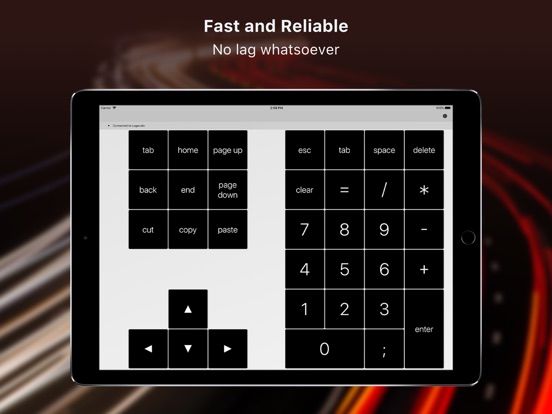

txt file is free by clicking on the export iconĬite as source (bibliography): T9 (Text Message) on dCode. The copy-paste of the page "T9 (Text Message)" or any of its results, is allowed (even for commercial purposes) as long as you cite dCode!Įxporting results as a.
#Phone numpad android
Except explicit open source licence (indicated Creative Commons / free), the "T9 (Text Message)" algorithm, the applet or snippet (converter, solver, encryption / decryption, encoding / decoding, ciphering / deciphering, breaker, translator), or the "T9 (Text Message)" functions (calculate, convert, solve, decrypt / encrypt, decipher / cipher, decode / encode, translate) written in any informatic language (Python, Java, PHP, C#, Javascript, Matlab, etc.) and all data download, script, or API access for "T9 (Text Message)" are not public, same for offline use on PC, mobile, tablet, iPhone or Android app! Ask a new question Source codeĭCode retains ownership of the "T9 (Text Message)" source code.

#Phone numpad code
The T9 was popularized with SMS texting on the first old compatible GSM phones (late 90s, early 2000), but today, with smartphones/iphones and their tactile interfaces and their complete keyboard, the T9 is disappearing but it can still be used to easily code secret messages. Do you know what the correspondin notes notes are of the fourth row? Normally that are buttons A, B, C and D on a special telephone and what would be the correct sequence for having dtmf tones that make a row from low to high tones. Add audio connection, feedback, run it on less volt to have a glitch effect. That seems like a really fun project, perhaps it is even possible to circuit bend a old desk telephone or to modify it. In that way you can play the tones of a telephone by a sequencer or midi controller. Now i am thinking that it should also be possible to use that board for choosing the dials of a old desk telephone, it has twelve connections, exactly enough to be able to activate all the normal dials next to that it works on five volt, just as a telephone. I was thinking to add midi control to my calculator, with a small midi to controller converter that is actually used for gaming controls and is sold by Devision6 consolemidi. When you put down the horn you also have a tone. While crossbar switches had been in use since the 1930s, many exchanges still operated with Strowger switches. My calculator does not do that, only i have a few of them so by using two i could play the high priority notes. The phone story is quite short and starts right after WWII with the idea of changing from pulse dial to tone dial to cut cost in exchanges by replacing all Strowger switches by crossbar switches. On a normal telephone it would be possible to dial those extra priority setting by pressing two numbers at once. That a really advanced telephone even has more dials they are combinations of numbers. In that way you can have a secured telephone line. It has extra notes for setting priority on a telephone line. On old telephones you are able to hold the speaker in front of the microphone and dial a telephone number. Then when you press dial it plays the dtmf tones. I have a old calculator that is able to store names with telephone numbers. Electric Circuits by Nilsson and Riedel, 10th edition, page 548. Update: Dial tone and busy signal Related posts The phone company wants tones that are easy to pull apart analytically.įinally, here are the chords that correspond to each button on the phone keypad. These tones are deliberately not in traditional harmony because harmonic notes (in the musical sense) are harmonically related (in the Fourier analysis sense). As with the column frequencies, the row frequencies are two octaves higher than written. The backward flat symbol in front of the A is a half flat.

In musical terms, these notes are F, G (31 cents flat), A (54 cents flat), and B flat (16 cents sharp). Similarly, the four row frequencies, starting from the top, are 697, 770, 852, and 941 Hz. Notice that the symbol in front of the D is a half sharp, one half of the symbol in front of the F. In approximate musical notation, these pitches are two octaves above the ones written below. The third frequency, 1477 Hz, lands on an F#. The second frequency, 1336 Hz, is 23 cents higher than an E. The first frequency, 1209 Hz, is exactly between a D and a D#, two octaves above middle C. These do not correspond exactly to standard musical pitches. The three column frequencies are 1209, 1336, and 1477 Hz. I’ve long wondered what these tones would be in musical terms and I finally went to the effort to figure it out when I ran across DTMF in. This system is known as DTMF (dual tone multiple frequency). The sounds produced by a telephone keypad are a combination of two tones: one for the column and one for the row.


 0 kommentar(er)
0 kommentar(er)
